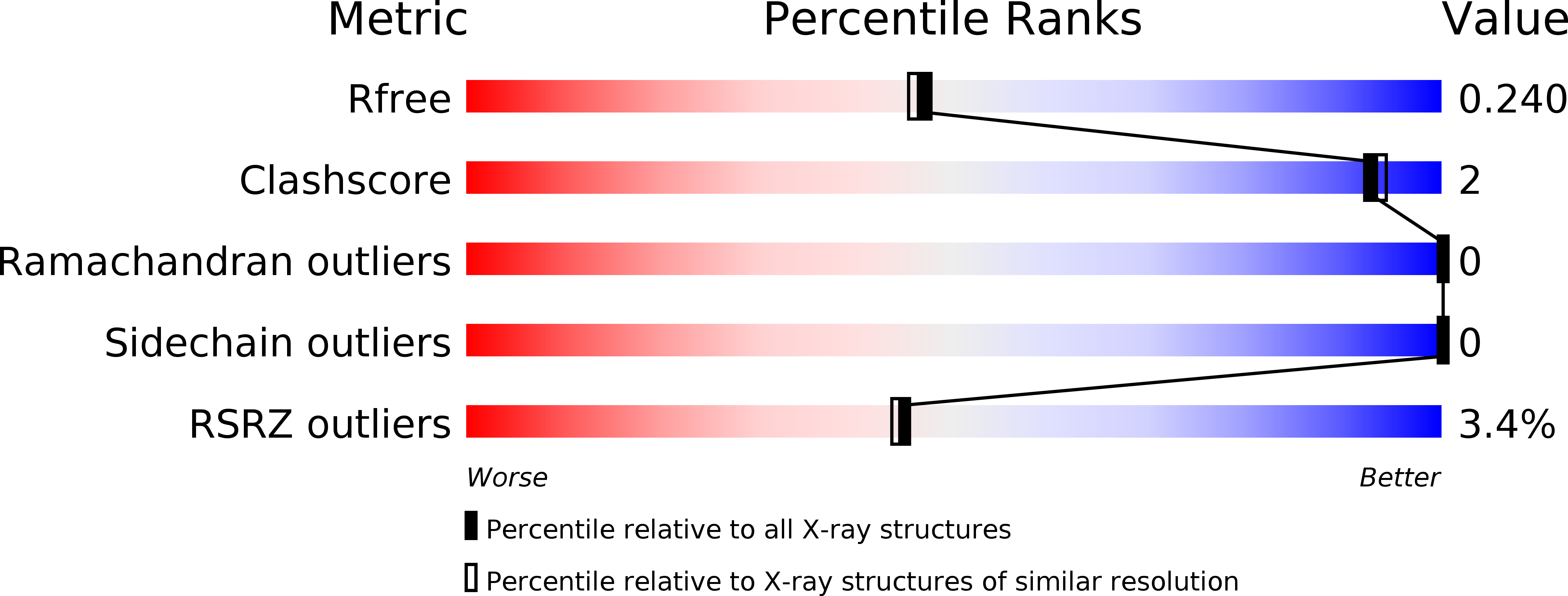
Deposition Date
2015-12-02
Release Date
2016-02-24
Last Version Date
2024-10-23
Entry Detail
Biological Source:
Source Organism:
Dengue virus 4 Dominica/814669/1981 (Taxon ID: 408871)
Host Organism:
Method Details:
Experimental Method:
Resolution:
2.00 Å
R-Value Free:
0.23
R-Value Work:
0.21
R-Value Observed:
0.21
Space Group:
C 2 2 2


